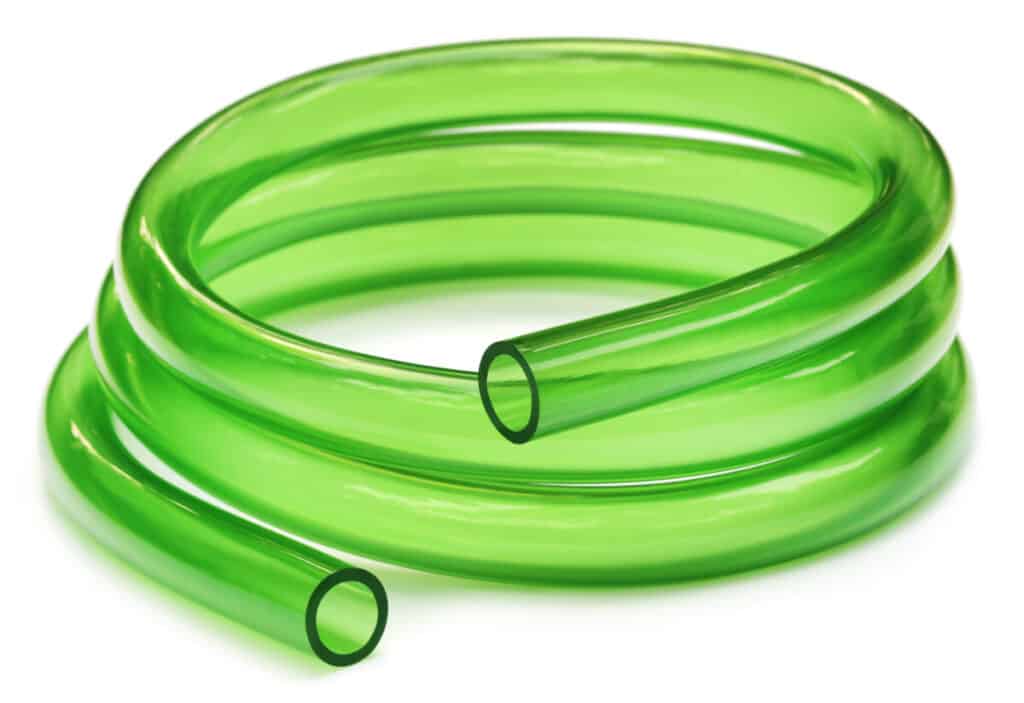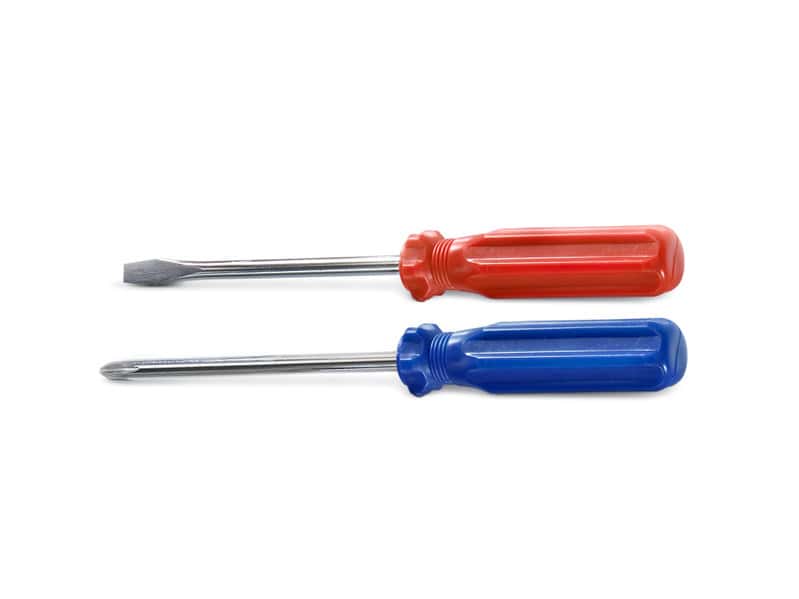
Vacuum cleaners are a must for any home, but they don’t last forever. What can be done with a vacuum cleaner after it’s died?
The most efficient way to dispose of a vacuum cleaner is to break down the machine and recycle its various parts. Recycling plants and scrap yards can make sure the pieces are used and avoid becoming waste. Parts can also be sold or given away to be used in other projects.
Keeping your vacuum cleaner out of a landfill is easier than you think. All it takes is a little time spent hands-on with your machine.
Disposal options closer to home

If your machine still runs, you can consider giving away or selling the whole machine. There are many websites that allow you to advertise household items you are ready to sell, or you can rely on word of mouth.
Whatever you do, don’t leave the machine on the curbside! Whatever parts could have been salvaged will be destroyed by the elements. The materials in the vacuum cleaner can also leak into the ground if left too long. Those chemicals could potentially be hazardous for the environment, and will most likely kill your grass. Not to mention, the longer the vacuum is left, the harder it will become to move, as it will start to fall apart and sink into the ground. It may seem like the easiest option, but in the long run, it’s just not a good idea and can have long-term consequences on your vacuum cleaner and your yard.
Instead, break down your machine. Even if the vacuum cleaner is useless as a whole, parts can still be used to fix other machines, or for other projects. You can sell or give away parts to anyone nearby looking for a project, or use them yourself. Metal parts are useful as they can be bent or reshaped for another purpose.
If you get another vacuum cleaner of the same make, you might want to keep some of those parts on hand to make your new machine last longer. Performing a little surgery on your household appliances can be a great way to save money at home.
You can also learn important skills about machinery, appliances, and how to work with your hands. This is a great way to become more self-succinct, as well as make sure your appliances are more sustainable and environmentally friendly!
Recycling plants and scrap yards
One of the best (and greenest) ways to dispose of your vacuum cleaner is to bring the parts to recycling plants and scrapyards! In fact, with modern recycling, there may be other options to recycle vacuum cleaner parts, like electronics stores or repair shops.
You may want to call ahead and see what you should bring to the recycling plant. Some places will take the entire machine, especially if it still works, but chances are, you’re going to have to break it down to make it easier to process. Once in pieces, sort the parts into categories like plastic, metal, wires, and otherwise. Most recycling plants will sort the materials by plastic versus metal, and then metal into categories. Different kinds of metal, like copper or steel, should be separated, as well as the shape and use of metal, like sheet metal or wires.
One of the advantages of turning to a recycling plant is that many offer small amounts of cash in exchange for materials. It’s an all-around win for you, your vacuum cleaner, and the environment!
If you are unsure what parts can be recycled, check to see if the plant or scrap yard has a website, or do it the old-fashioned way and call. Many provide guides as to what can be recycled, and how to recycle it. Places like scrap yards are more likely to take just metal, so you may want to shop around for a place that can recycle plastic parts, or can just take care of everything.
Vacuum cleaners tend to be made of sturdier plastic than can be recycled and reused, so don’t just toss the plastic in the trash. This way, you can be sure you aren’t wasting the trip. Now, you can not only get that broken machine out of your house but feel good about it too. This is a great way to promote sustainability as you clean your spring. Source
Breaking down your machine

Disposing of your machine in almost any way will need it in pieces, but you obviously can’t just hack the thing apart. Make sure you’re being safe and efficient when you break the machine down!
Safety should be your biggest priority, of course. Make sure your vacuum cleaner is disconnected from its power source, regardless of whether it works still. If it has a cord, then it shouldn’t be plugged in, but a cordless vacuum cleaner should be disconnected from its batteries or other power sources before you break it.
When you break the machine apart, do yourself and favor and try doing it outdoors, or laying down a sheet of disposable plastic indoors (cheap plastic tablecloths are great for this sort of thing) to keep from making too big of a mess. Chances are, your vacuum is full of years worth of dust and dirt you do not want to make a comeback in your house.
Many parts should come apart naturally, but you might have to give it a little elbow grease and get out the screwdrivers and scissors. If you’re not sure how to take the pieces apart, check online for the user’s manual or layout, which should give you a little insight into how the machine was built, and how to un-build it.
Use electrical tape to safely keep pieces together or take care of loose wires. Plastic is a nonconductor, so if there are any parts you feel are at risk for electricity, wrap them in plastic bags to neutralize them.
Once your vacuum cleaner is in pieces, sort them by how you have chosen to dispose of the pieces, and get them out of your house!
Related Topics:
If you like the article above, here are some other similar articles you should check out!
